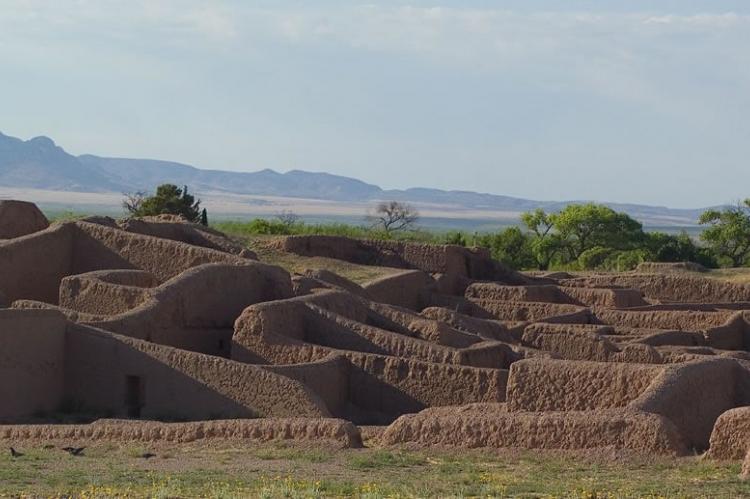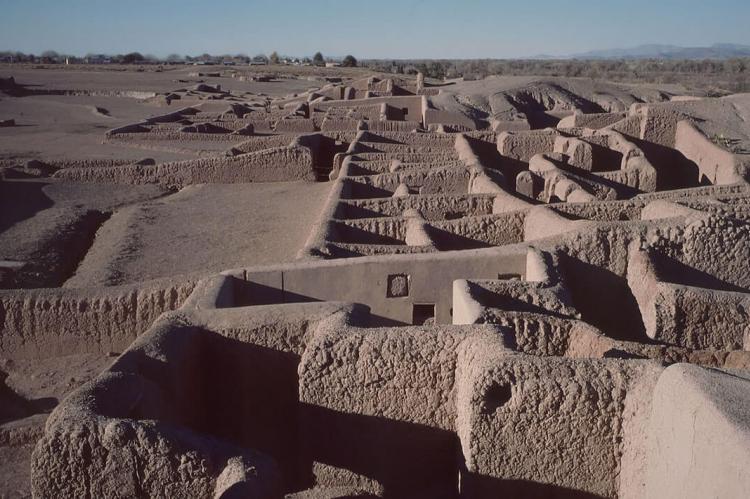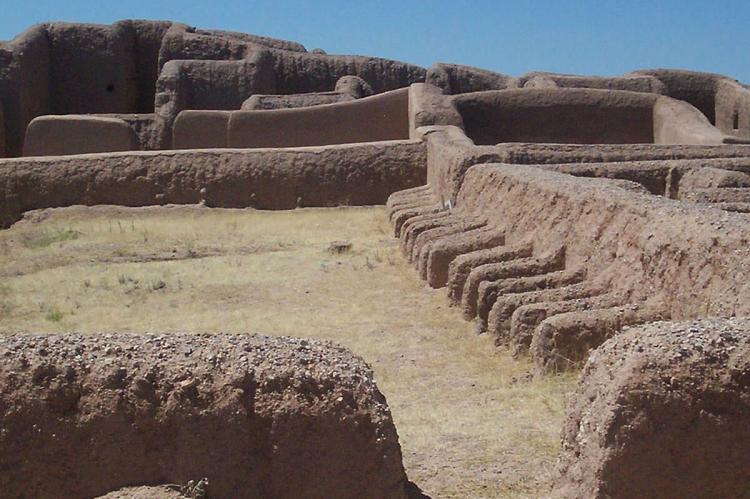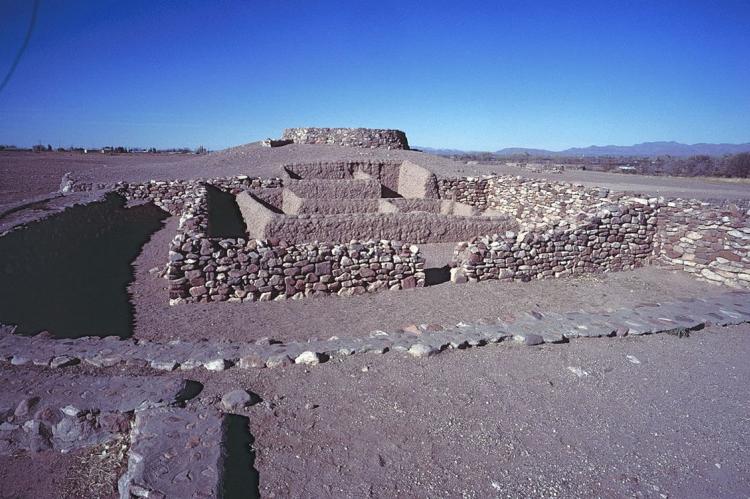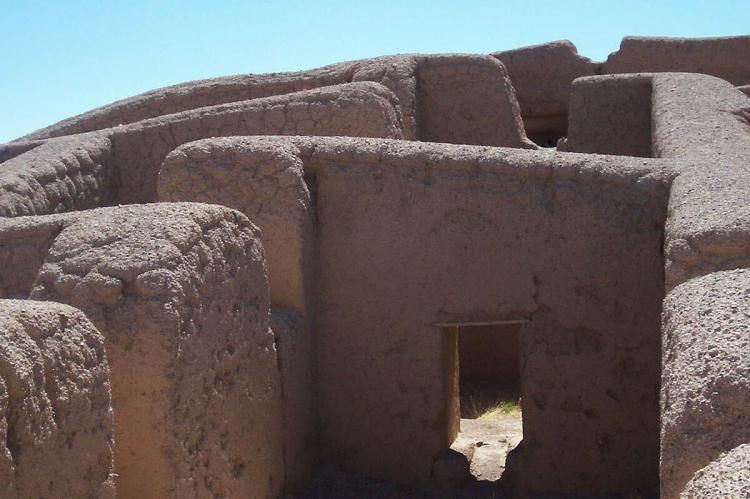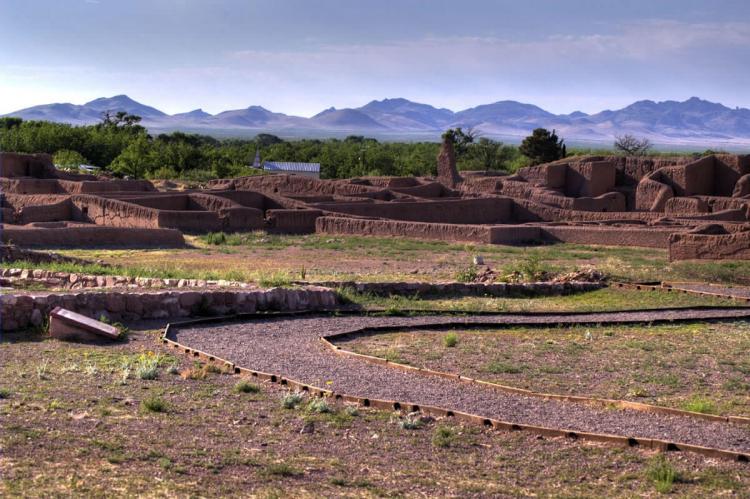Paquimé, Casas Grandes: Archaeological Site (Mexico)
The archaeological site of Casas Grandes, also known as Paquimé, was home to a prosperous civilization that flourished between the 11th and 14th centuries in the barren terrains of northern Mexico and offers insights into the societies that inhabited the region before the arrival of European explorers.
Casas Grandes
Nestled in the arid landscapes of the northern Mexican state of Chihuahua, the archaeological site of Casas Grandes, also known as Paquimé, was home to a prosperous civilization that flourished between the 11th and 14th centuries, representing the pinnacle of the Mogollon culture.
Located at the foot of the Sierra Madre Occidental near the headwaters of the Casas Grandes River, this unique archaeological site provides invaluable insights into the complex societies that inhabited the region long before the arrival of European explorers.
Architecture
The most distinctive feature of Casas Grandes is its remarkable architecture. The site boasts a series of interconnected adobe structures, including multi-storied buildings, ceremonial complexes, and intricate ball courts. The construction techniques employed by the inhabitants showcase a high level of engineering prowess, with well-planned layouts and innovative building methods.
Paquimé, Casas Grandes, which reached its apogee in the 14th and 15th centuries, played a crucial role in trade and cultural contacts between the Pueblo culture of the southwestern United States and northern Mexico, and the more advanced civilizations of Mesoamerica.
Architecture
The architecture of Casas Grandes is characterized by large, T-shaped doorways, which are thought to have both functional and symbolic significance. The meticulous planning and execution of these structures reflect the societal organization and the importance of communal spaces in the inhabitants' daily lives.
Culture
Casas Grandes was a hub of cultural exchange and economic activity. The site served as a significant center for trade, linking various regions across the southwestern United States and northern Mexico. Artifacts found at the site, such as pottery, textiles, and intricate turquoise jewelry, highlight the artistic and craftsmanship skills of the Casas Grandes people.
The archaeological evidence also suggests the presence of a complex social structure, with evidence of social hierarchies, religious practices, and ceremonial activities. The site's significance extends beyond its physical structures, encompassing a cultural legacy reflecting the interconnectedness of the region's ancient societies.
Economy
Casas Grandes emerged as a pivotal trading center in pre-Columbian North America. The inhabitants engaged in extensive trade networks, exchanging goods such as ceramics, shells, and copper with distant communities. The site's strategic location along trade routes facilitated cultural interactions and the flow of commodities, contributing to the region's economic prosperity.
Decline
The reasons behind the decline and eventual abandonment of the site remain a subject of scholarly debate. Environmental changes, resource depletion, or internal conflicts are considered potential contributors. Despite its eventual decline, Casas Grandes remains a captivating archaeological site that sheds light on the ebb and flow of ancient civilizations.
World Heritage Site
Casas Grandes became a UNESCO World Heritage Site in 1998, recognizing its cultural and historical significance. Ongoing archaeological excavations and research continue to unveil new layers of understanding about the site's past. Preservation efforts aim to protect the fragile adobe structures and artifacts, ensuring that future generations can continue unraveling this ancient oasis's mysteries.
Casas Grandes stands as a captivating window into the complexities of ancient civilizations that once thrived in the arid landscapes of northern Mexico. Its architectural marvels, cultural significance, and role in trade networks provide a glimpse into the vibrancy of pre-Columbian societies. As archaeologists and researchers continue to explore and interpret the remnants of Casas Grandes, the site remains a testament to the enduring legacy of those who called this ancient oasis home.
